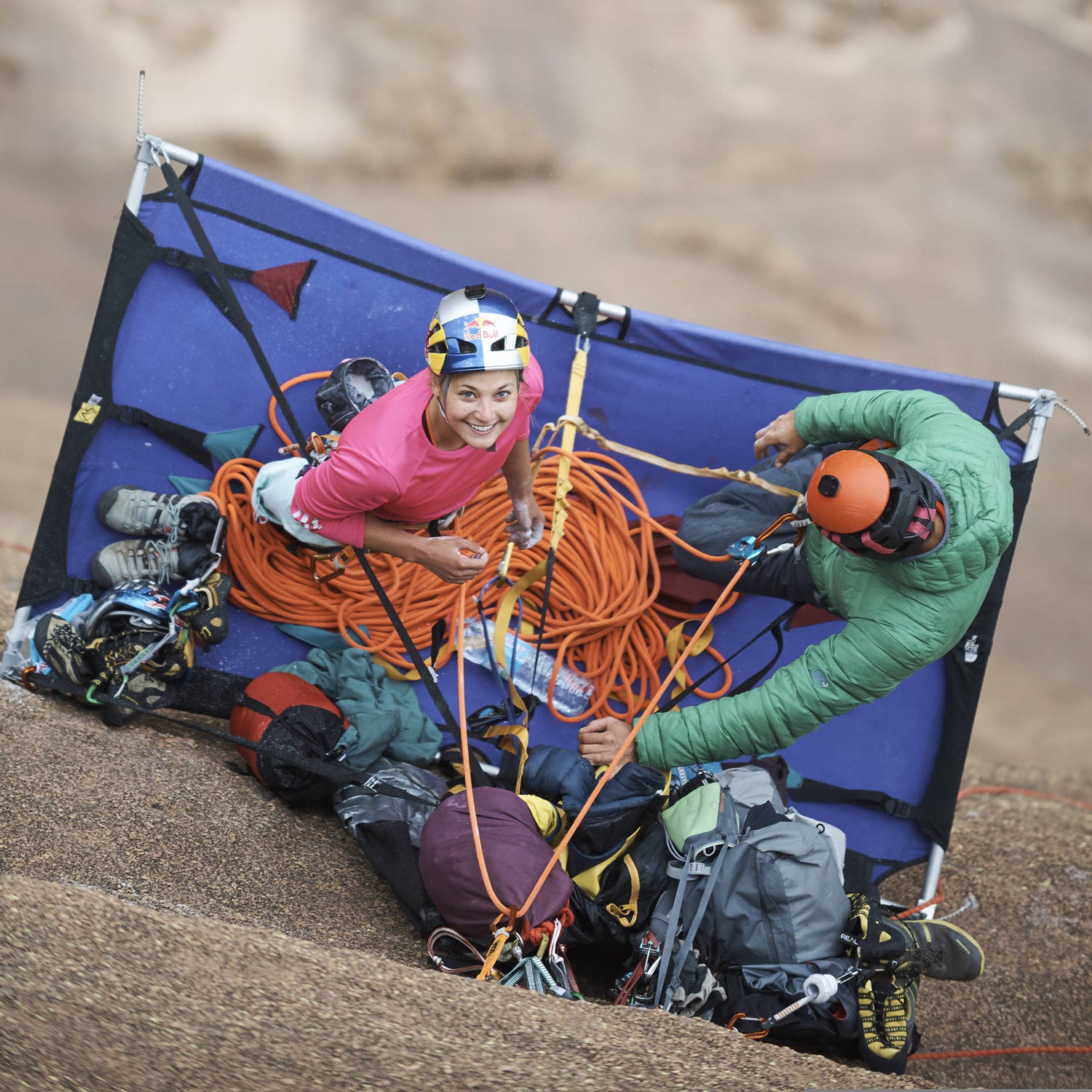When was the last time you went a day, maybe even a week, without your phone?
Before this month, I would’ve had to think hard to answer that question. I use . I post a photo every day, whether to communicate where I am, share my mood, or bring back a fond memory. It’s crucial brand building.
Late last year, I noticed a new habit: When my alarm clock went off in the morning, my thumbs would automatically migrate to Instagram or . Minutes after my alarm, I was already adjusting brightness and contrast filters on a photo or scrolling through a feed of others’ photos, windows into their lives.
This New Year’s Eve, I made a resolution to myself: One day a week I would unplug from my phone and the internet for a full 24 hours. It shouldn’t have been hard, yet I found myself dumbfounded when choosing which day to dedicate to this cleansing. During the week, my emails piled up. On weekends, I wanted to make plans with friends. My resolution fell through the cracks, week after week.
Then, involuntarily, I went three weeks without my phone on a big-wall climbing project in Madagascar.
Our focus was set on what exactly we were doing each moment. Time became less important.
The climb, , an 8c in Tsaranoro Valley, is situated in the heart of the island. Here, life is as the route is called in English—slow and steady.
Upon landing, my phone read “no service.” Having traveled around the world with an international cell plan, I figured it would just be a matter of time before the phone got online with the local provider. I turned the device off, reset it, and waited. During this time, my climbing partner and I boarded a bus to ride 16 hours toward Mora Mora. My phone never found service.
At home, my phone is how I tell time. Yet as we spent days on the wall, from sunrise to sunset, I learned to gauge the time by the sun’s relation to the wall. All we were doing was eating, sleeping, hiking, and climbing. Our focus was on what exactly we were doing each moment. The specific hours became less important.
Free from any sort of electronic device, I didn’t stress about posting on social media or responding to emails, and I didn’t fall prey to any sort of FOMO. On the portaledge, we lay in our sleeping bags and counted shooting stars or listened to animal noises thousands of feet below as we sipped whiskey.
When I got back from Madagascar, I bought a watch to preserve some of this independence. Now I don’t use the phone as my alarm clock, and I don’t have to check it constantly to tell the time, though it is still my connection to work and friends. It’s a baby step, but hey, it’s a start.


